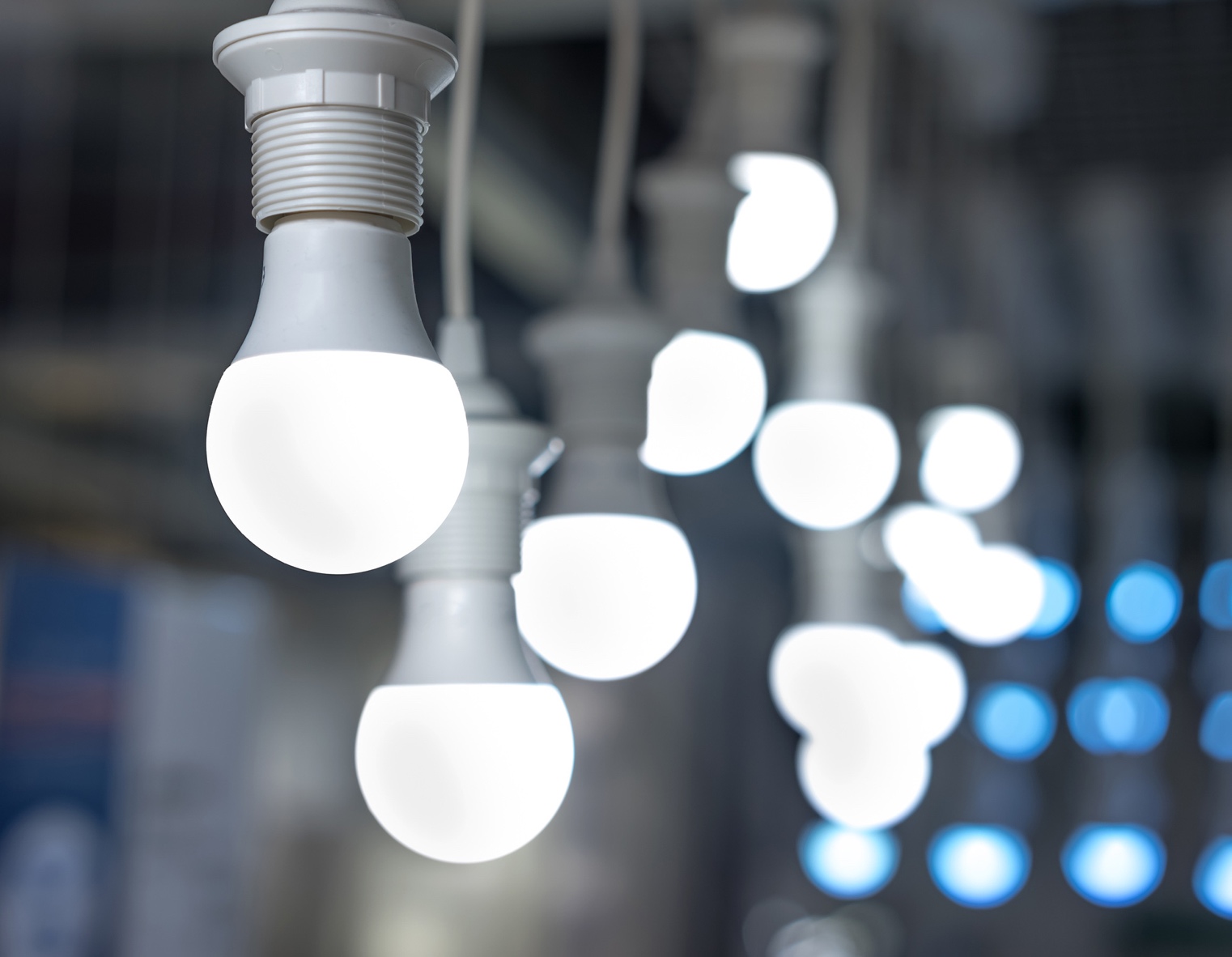A 2018 Businesswire article claimed the global healthcare market was valued at approximately $8,452 billion, with a Compound Annual Growth Rate “CAGR” of 7.3 percent since 2014. According to the report, the global healthcare market was expected to continue growing at a CAGR of 8.9 percent, reaching about $11,908.0 billion by 2022.
Some of the biggest players in the global healthcare market are Africa and the Asia Pacific, followed by South America and the Middle East. Smaller players in the global healthcare market include Kaiser Permanente, Pfizer, UK National Health Service, Novartis AG, and Johnson & Johnson.
COVID-19 Pandemic And The Global Healthcare Market
A report released by McKinsey Consumer Healthcare Insights revealed the American healthcare market would see increases by at least $30 billion due to the coronavirus pandemic. Annual healthcare costs in the United States alone are around $3.6 trillion, according to the US Centers for Disease Control and Prevention.
As the annual global healthcare cost continues to grow, medical centers, private practices, outpatient surgery centers, skilled nursing facilities, and others are scrambling to find ways to reduce their annual expenses.
LEDs And Global Healthcare Industry
Light Emitting Diode “LED” is a “semiconductor” light source utilized in various healthcare applications. Medical facilities across the globe are turning to LED lighting because it is economical, accessible, realistic, and effective for specific applications. One of the main purposes of LED in the medical industry is surgical lighting. LEDs are integrated into medical-grade fixtures to deliver the perfect light during operations.
Health care professionals – physicians, nurses, surgeons, nurse practitioners, internists, Certified Nursing Assistant (CNA), anesthesiologists, dentists, and orthodontists – rely on LED bacteria-killing lights to perform in-depth medical procedures.
LED And Wound Healing
Patients with compromised immune systems (immunodeficiency) have slowed response to wound healing. It is unfortunate for these patients because poor immunity decreases wood healing significantly. To help these patients heal in a timely manner to fight against the risk of serious infections, phototherapy is applied in many of these cases.
Phototherapy is a medical procedure that utilizes LED technology to speed up the healing process. Evidence shows that LED-based phototherapy speeds up the healing process by increasing blood flow to impacted body parts.
Phototherapy, utilizing LED Technology has also been shown to slow the inflammation process, ease symptoms associated with skin disorders, such as eczema, and make skin look more vibrate.
LED-Based Light Therapy For The Brain
Medical researchers have conducted numerous studies involving the brain and LED light therapy. Some of these studies have revealed that LED light therapy may help restore cognitive function to a normal level in patients diagnosed with Post Traumatic Stress Disorder “PTSD”.
When LED lighting is applied to the brain, it is believed to not only restore cognitive function to a normal level but also improve brain health. LED light therapy increases blood circulation in the brain.
Summary
LEDs have proven to be healthful for medical professionals across the globe. Medical centers and private practice physicians continue working with the top lighting distributor manufacturers to find new ways to put LEDs to work in the healthcare industry.




